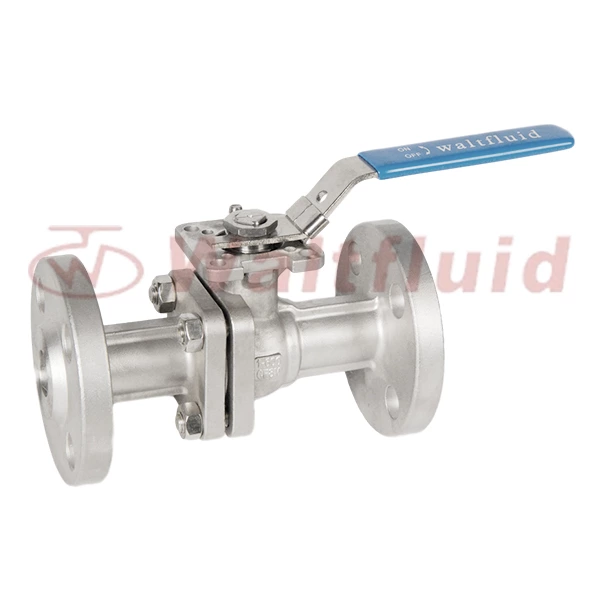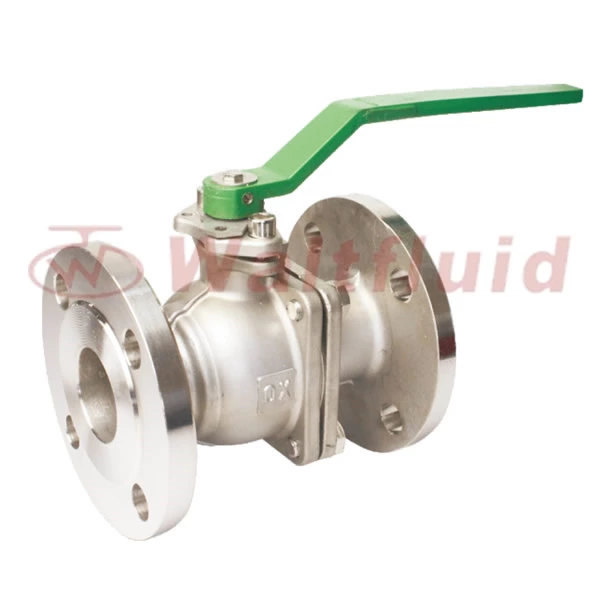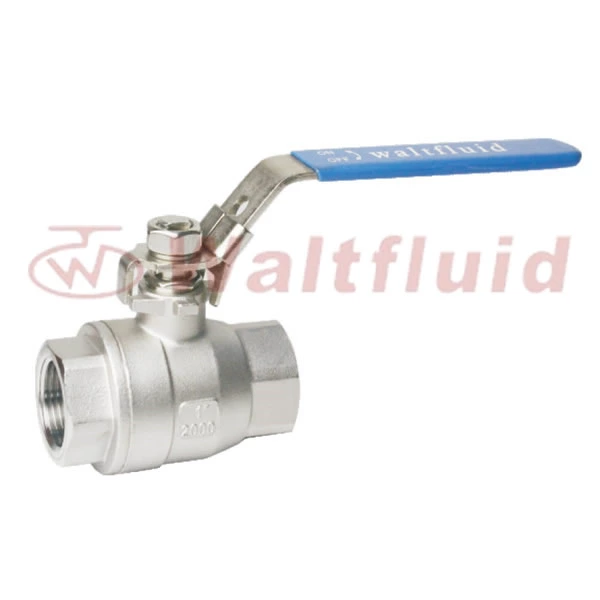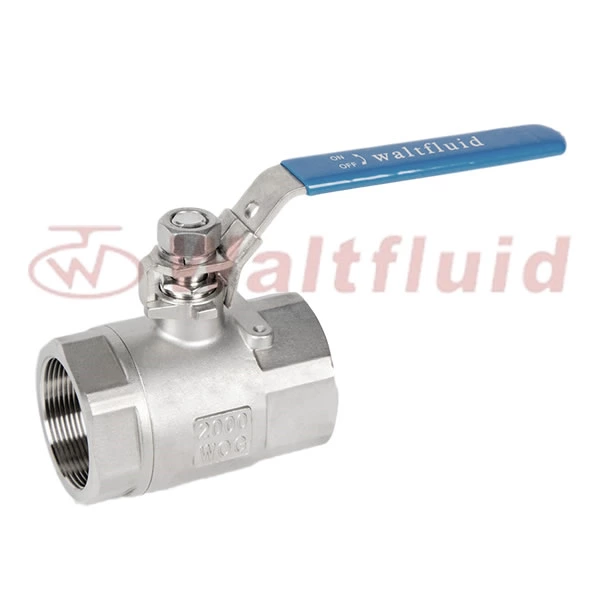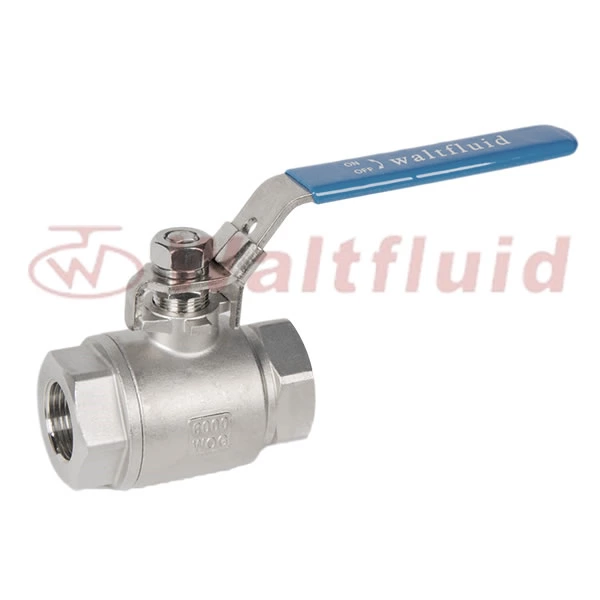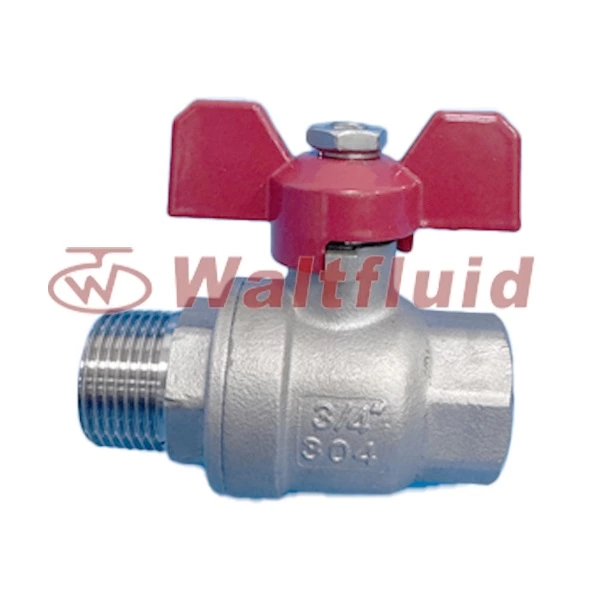Classification And Maintenance Of Flange Ball Valves During Use
The opening and closing parts of 2 Piece Ball Valve are spheres. In the pipeline, the ball rod drives the opening and closing parts to rotate around the pipeline axis to control the flow and cutoff of the fluid medium. So, what types of flange ball valves are there, and how are they classified?
1. Material classification
According to the material of the flange ball valve shell, it can be divided into all-metal valves, metal lined valves and non-metal valves.
1. The advantages of all-metal flange ball valves are high compressive strength and strong durability. They are divided into titanium alloy, stainless steel, aluminum alloy, copper alloy, cast iron, lead alloy and other materials.
2. Metal lined valves refer to valves with metal shells and other materials as linings, which are divided into fluorine lining, lead lining, rubber lining, enamel lining, plastic lining, etc.
3. Common non-metallic valves include enamel, plastic and glass ball valves.
2. Practical use and functional classification
According to the actual use and function classification, flange ball valves are mainly classified into air valves, pressure relief valves, bypass valves and drain valves.
1. The air valve is a valve device that uses water to discharge air in the pipeline, or uses air to discharge fluid in the pipeline.
2. The pressure relief valve can discharge the water in the sealing cover and the valve before the valve is opened and closed to prevent the valve from being damaged due to excessive pressure difference.
3. In addition to the opening and closing parts of the ball valve, the bypass valve is also provided on the side of the device to level the pressure, especially for static water pipeline systems.
4. The sewage valve is often used for urban sewage or factory sewage system treatment. The sewage accumulated inside the ball valve can be discharged before use.
There are many types of flange ball valves on the market, such as: buried fully welded ball valves, fully welded flange ball valves, directly buried welded ball valves, steel welded ball valves, etc.
Flange ball valves must be maintained during use, and this maintenance is a daily job that must be done every day. Only with good maintenance can the service life of the flange ball valve be extended and it can give full play to its advantages to serve us. So, how should flange ball valves be maintained?
1. Be sure to check the valve switch indicator and valve number plate to ensure that the markings are clear. If the markings are damaged or detached, they should be promptly re-applied.
2. Check the bolts of the flange ball valve brackets and joints to see if the parts are well connected. If they are loose, tighten them again.
3. Check the key parts of the flange ball valve, including the packing gland, refueling hole, refueling hole nut, thread plug, expansion joint, valve cover and valve body connection, to see if there are any abnormalities in these parts. Ensure that all parts can work normally.
4. In addition to the above daily inspections, a major overhaul should be performed every year. Check the equipment in detail so that faults can be eliminated in time to avoid large losses caused by faults.
In short, the maintenance of flange ball valves is very important, and only by persisting in doing it can good results be achieved. If the operation is improper or maintenance is not paid attention to, the valve will inevitably fail. Leakage of flange ball valves is a common problem. When a flange ball valve fails, it should be handled as soon as possible, but be careful to find a professional maintenance personnel to handle it. Generally, if you buy a flange ball valve from a large manufacturer, the manufacturer can provide after-sales service, so if you have any questions, contact the manufacturer to solve your troubles.
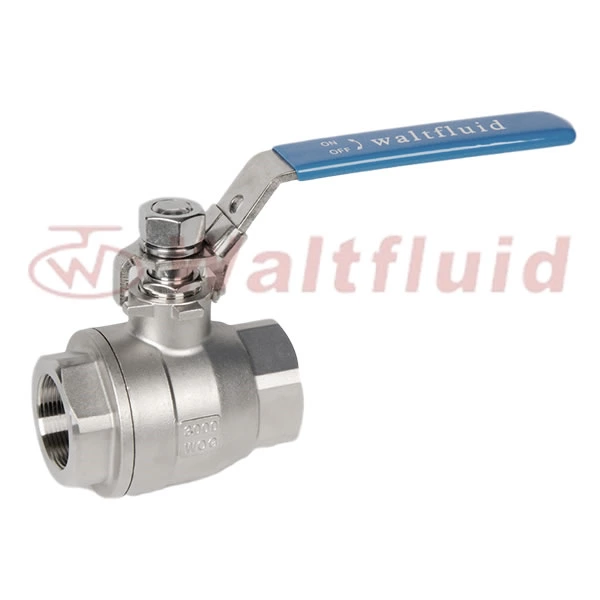
 English
English 中文
中文 Pусский
Pусский  Español
Español
